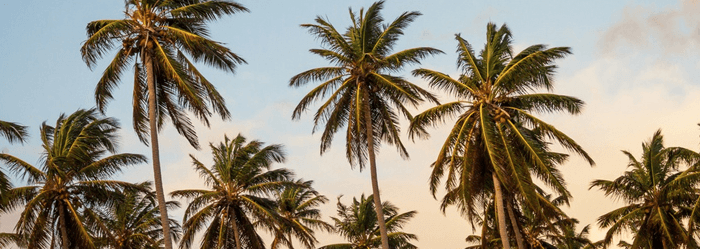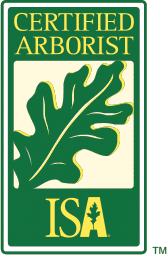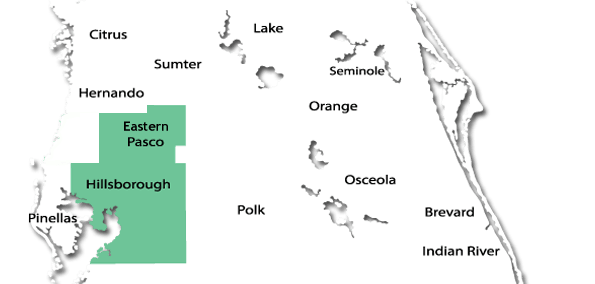Care for a newly planted tree
Give your new tree the best start!
When you decide to plant a new tree, it's a good idea to think about the next steps as well, to give your tree the best start in its new home and give it the best chance at a long and healthy life.
Here are several things to consider for your newly planted tree:
Mulching
- Mulch is intended to hold in moisture, but too much moisture around the trunk can be a problem, so leave at least three inches between the trunk and the inner edge of your mulch. Getting this wrong can lead to serious rotting issues and even loss of the tree.
- Spread the mulch to about 2 to 4 inches thick.
- Let the outer edge of the mulch reach the tree's dripline, that is, under tips the farthest reaching branches. This gives the roots the best chance to access water and nutrients.
Watering
- The right amount of water is important, and not always obvious. There's no set amount of water that works in every situation, the important thing is to keep the root ball moist without being waterlogged. If you're not sure, dig a few inches into the soil around the tree. If it's dripping wet, reduce the amount of water you give it. If it's very dry, give it more. Figure somewhere between 5 and 10 gallons a week to start with, and account for the weather, decreasing the amount when it rains.
Fertilizing
- When our yards don't have all the nutrients a tree might need, we have fertilizer to fill in the gap, giving your tree the minerals and nutrients it needs.
- Don't fertilize blind. Let Mid Florida Tree Service do a soil analysis to check the pH and nutrient balance of your soil.
- Surface fertilizer is likely to be absorbed by the grass, and not reach the tree's roots. Mid Florida Tree Service offers Deep Root Feeding to ensure the fertilizer reaches where it's needed.
Pruning
- When trees are young, there may be a little competition as to which branch becomes the main trunk of the tree. This competition can actually cause problems later on. We can prune the tree to train it to grow healthy and strong.
- Look at the existing growth and consider the branch that is already the strongest, most central and most healthy. The subordinate branches are removed to allow the tree to put its resources into the main trunk, promoting the growth of a single healthy tree.
Watch for trouble so you can fix it early. If you see any of these issues, let us know. We can help!
- Summer leaf drop. We know deciduous trees lose their leaves each fall, but if the leaves begin to fall out of season, it's a good sign that there are problems
- Leaf color: Yellow or Brown leaves out of season. Like falling, color change is expected in the fall. If the color changes in spring or summer, take heed. Also keep an eye out for coatings or spots (usually black or white) on your leaves.
- Wilting Leaves. They may look curled, scorched or droopy.
- Twig and branch death
- Peeling bark. Bark protects the tree from various threats, and it's circulatory system is dependent on the layer between the bark and the wood. Peeling bark should be addressed quickly.
Whether you're dealing with brand new trees, trees in their prime, or older declining trees, you need someone with experience and knowledge to ensure your personal forest is as healthy as possible. Contact Mid Florida Tree Service for all of your tree care needs.









Share On: